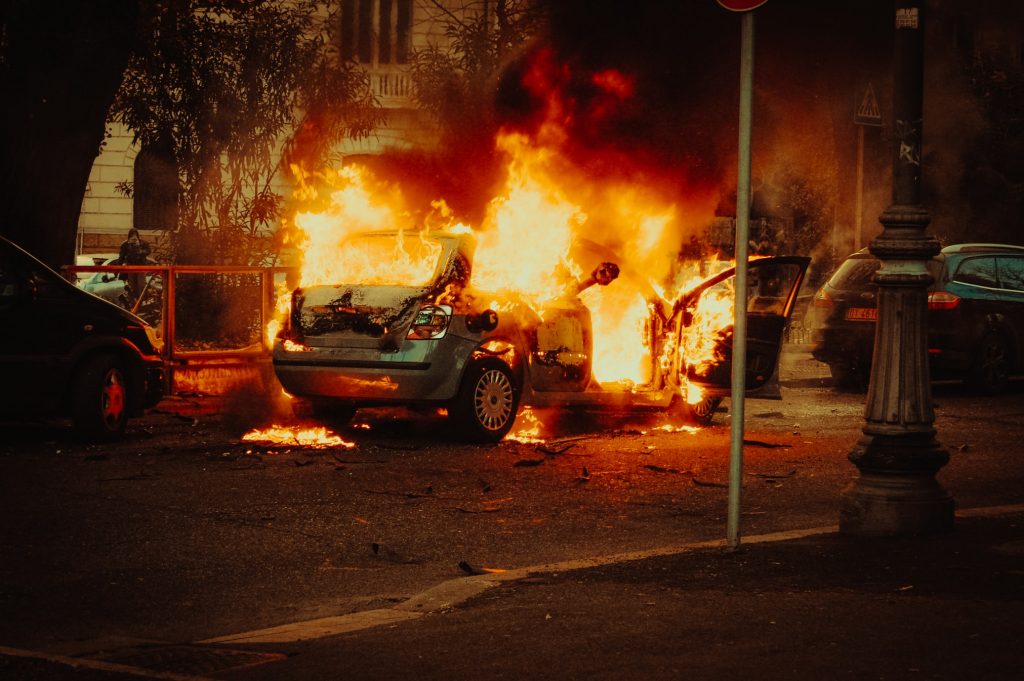WHEN A US ARMY SERGEANT detonated a collection of gas canisters and explosive fireworks near the front doors of Trump International Hotel Las Vegas, it blew the windows out and injured seven bystanders.
Elon Musk was quick to claim, on X (formerly Twitter), that the “Cybertruck actually contained the explosion and directed the blast upwards.”
That claim inadvertently told us that Tesla tracks and is able to remotely lock vehicles. Big Brother is alive and well!
Redirecting a blast may be the only thing that makes the Cybertruck safer.

Independent automotive blog FuelArc claims that fire fatalities are 17 times more likely in a Tesla Cybertruck than in the reviled Ford Pinto (discontinued in 1980).
To date, the Cybertruck has sold 34,438. The Pinto sold 3,173,491 between 1970 and 1980.
The Pinto was infamous for having a fuel tank that could be ruptured in a rear-end collision, causing a potentially fatal fire. In fact, 27 Pinto drivers actually died in fires. That equates to 0.85 fatalities per 100,000 units.
To date, five Cybertruck drivers have been killed. And that is a figure of 14.5 fatalities per 100,000 units.
Of course, these numbers are a little shaky, not least because Tesla doesn’t release sales data.
But of real concern is that the Cybertruck has never passed any independent testing by the National Highway Traffic Safety Authority. Tesla has consistently refused to release any internal safety testing data.
The Cybertruck has been criticised for its apparent lack of crumple zones, dodgy self-driving software, fire-prone batteries and a tendency to simply come to a stop in the middle of the highway.
Our thanks to reader Denis B for bringing this to our attention
